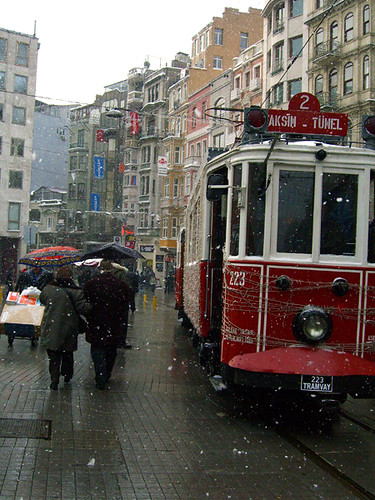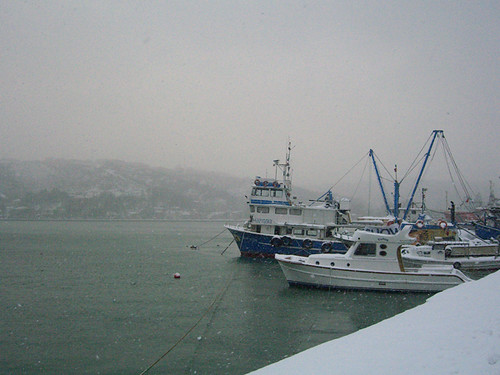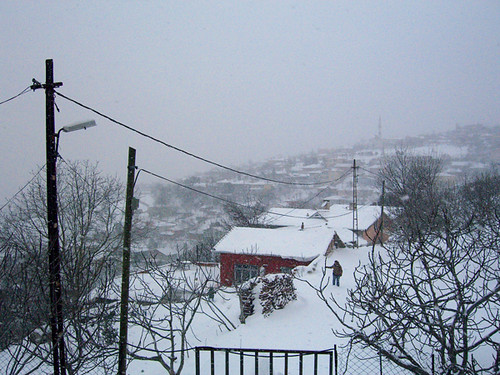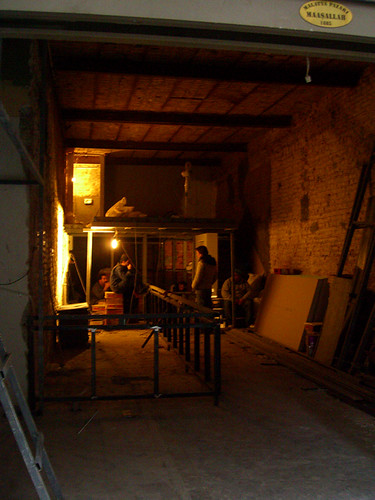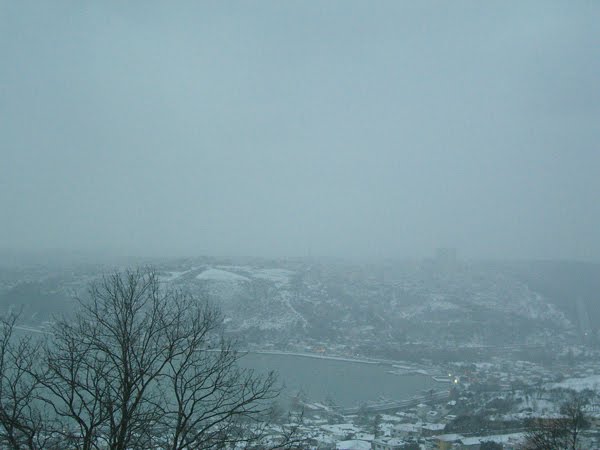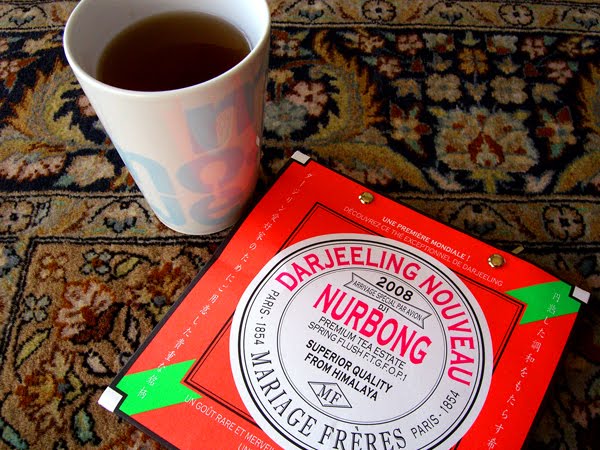
When Aurel told me there was an organic farmers' market in Istanbul, I felt a tiny palpitation of excitement. When my friend Tilly said, "Oh yeah! The organic market!" I thought, why the hell haven't I heard of this until now?
That's life in Istanbul. There's always something hidden around the corner for you to discover.
After meeting up with Tilly at the Osmanbey metro station, we weaved through a labyrinth of streets to an area called Bomonti. My navigation skills were thoroughly challenged— I'm still not quite sure how we got there, but I have a general sense of the direction we headed in— and it seemed that all of a sudden, I spied some yellow tarps in a car park that screamed "market."
As soon as we stepped into the market, I spied Aurel sitting at a table with his lovely lady. We sat down for a slow, chatty breakfast of
menemen, which is kind of like saucy scrambled eggs, and a traditional
kahvaltı, which consists of a boiled egg, cheese, olives, honey, butter, tomatoes and cucumbers, and bread. Everything we ate came from the market— fresh, organic, and bursting with flavour.





After our third or so
çay we said our see-you-laters, and Tilly and I wandered around the stands, waiting for my dear friend Nuri, who was back in town. We figured enough time had passed between all the chatting and browsing to sit at another table and sample the whole wheat
gözleme.
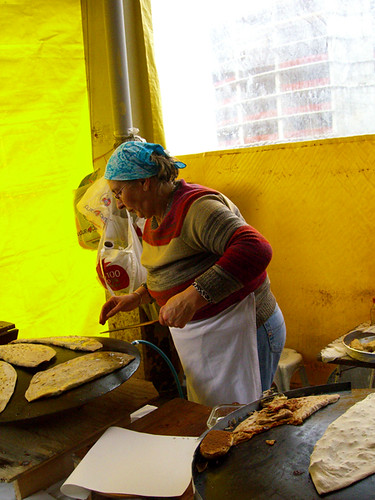
Needless to say it was incredible, and when Nuri arrived, we stayed for more
çay and conversation. As it can happen, the topic of
baklava was brought up. The three of us hopped on the metro to Taksim, then trekked down to bustling Karaköy, to Karaköy Güllüoğlu Baklava Café, rumoured to have the best
baklava in Istanbul. The Güllüoğlu family has been dishing out the most sumptuous syrupy treats since 1871, and Istanbullus have been enjoying them at this charming location since 1949.


Glass cases with shelves of glistening diamonds, coils, squares and rolls pull you to ogle in every direction, as sweet-toothed Turks familiar with the system push past you. Green crumbled pistachios and golden toasted phyllo dazzle, as the scent of nuts, rose water and sweetness tease. What do you choose? Where do you go? Suddenly, you hear a
"hoşgeldiniz" from a man behind one of the cases, and he gruffly asks you what you'd like. Overwhelmed, you point to a few pretty pieces, and are soon handed a small white plate of delicious treasure. He tells you a number— the price— and you make your way over to the impatient cashier, pronouncing the same vowels and syllables you've just been told. Finding a seat is not easy, and you might have to share with other people. No matter, you've got a plateful of
baklava.

So how was it? Dee-vine.









